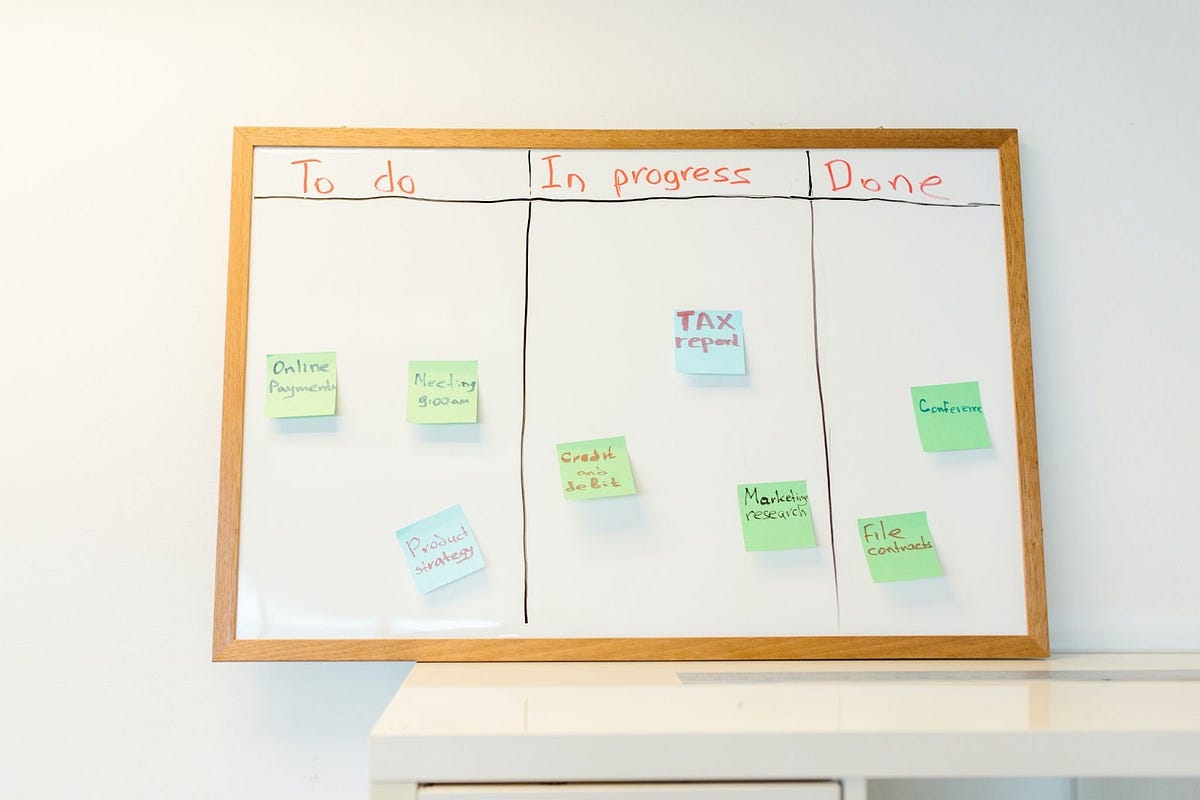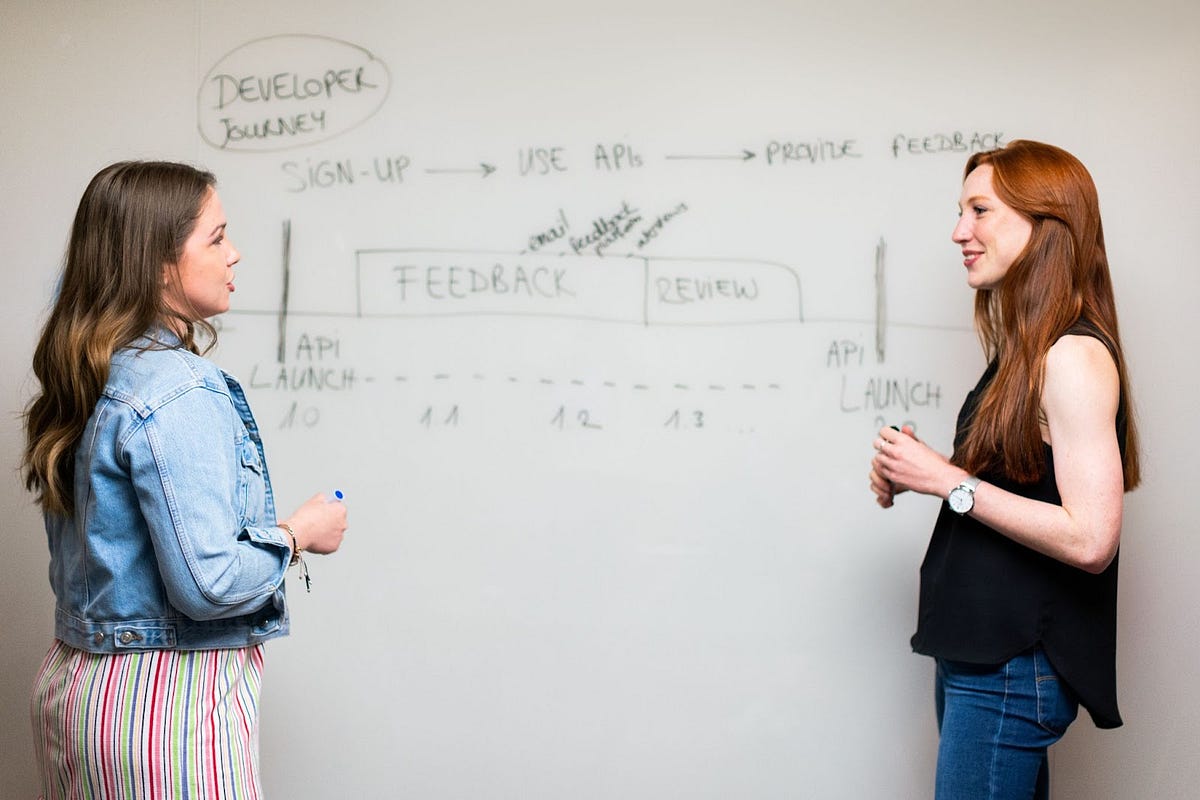Project management is a complicated process. Not only do you need to coordinate a team, but you also have to juggle a variety of tasks and ensure that everything is completed on time. This can be difficult enough when your project is small, but it can become even more complicated when the project grows in size.
Fortunately, there are a number of steps you can take in order to streamline your project management process, such as:
- Defining your goals and objectives
- Creating a project plan
- Tracking progress and milestones
- Managing resources
- Handling communications
By following these steps, you can ensure that your project is completed on time and within budget. Let’s take a closer look at each of these steps so that you can get started on streamlining your project management process today!
What does it mean to ‘streamline’?
Automation is the next big thing for businesses across all industries, and the benefits are truly endless. In sales, for example, automating work processes improves productivity by 14.5% and reduces marketing costs by 12.2%.
So, what is automation? In its simplest form, it is the use of technology to complete tasks that have traditionally been done by people — and it’s just one of the many elements of streamlining.
Streamlining is the process of making a task or series of tasks more efficient. It can be achieved through automation, but it doesn’t have to be. You can also streamline by optimizing workflows, eliminating unnecessary steps and improving communication between team members.

No matter what type of project you’re managing, streamlining will make the process easier and more efficient. Let’s take a look at some of the best ways to do just that.
1. Define your goals and objectives
In any project that you want to streamline, you need to kick things off with a clear understanding of your goals and objectives. What are you looking to achieve with this project? What is the final outcome that you’re hoping for?
Without this clarity around what you’re doing and why you’re doing it, it’ll be difficult to make any real progress. Not only that, but you’ll encounter many roadblocks along the way if you’re not sure what you’re working towards.
This is why goals and objectives are essential for a streamlined project management process: because without them, you can’t move through your project timeline with the speed and efficiency you require.
To define your goals and objectives, start by asking yourself these questions:
- What are the specific outcomes that I want to achieve? Do I want to improve on one of my previous outcomes? Do I want to reach a certain word count, time limit, or rating?
- What steps do I need to take to get there? Is there a clear path forward that I can turn into a list of straightforward steps?
- What are the deadlines that I need to meet? Are there specific deadlines for different components of the project? Should I be setting additional deadlines to keep my work on track?
- Are there any dependencies or other factors that I need to consider?
Once you have a good understanding of your goals and objectives, you can start outlining the steps that you’ll need to take to achieve them.
2. Create a project plan
When you create a project plan, you are removing all resistance between the project’s concept and its execution. The plan acts as a road map that outlines each step of the project and who is responsible for completing it. This document becomes your Bible for the project; refer to it often to ensure everyone is on track.

Here are the key components of a project plan:
- Project schedule: A timeline that shows when each task will be completed.
- Task list: A detailed list of every task that needs to be done to complete the project.
- Resources: Who will work on the project and what resources (money, equipment, etc.) they will need.
- Budget: How much money will be spent on the project.
- Risk assessment: A list of potential risks and how they will be mitigated.
Not all project plans will help you streamline your process — it depends on how specific you are when creating it. For example, a project timeline with daily tasks is going to be more useful than one with weekly objectives.
3. Track your progress and milestones
Another key step in streamlining your project management process is to track your progress and milestones. Without progress check-ins, you have no way of gauging whether you are on track or not. This can cause delays and even bigger problems down the line; in other words, it completely derails your chances of streamlining your project management process.
To track your progress, there are a number of incredible tools and apps you can use. We are living in the digital age — so make the most of it! Some of our favorites include:
- Trello — This app is great for creating boards with different cards that can be moved and updated as your progress changes.
- Asana — This app lets you create tasks, track deadlines and monitor progress. It also has a handy mobile app for on-the-go updates.
- Smartsheet — This app is great for creating spreadsheets with different columns to track data and progress.

By tracking your progress, you can ensure that your project management process is running as smoothly as possible. This also allows you to identify any potential delays or problems early on, so that you can address them before they become bigger issues.
4. Manage your resources
Nothing screams ‘inefficiency’ more than three people doing a one-person job. It’s also a sign of poor resource management — you can’t expect your team to be productive if you’re not maximizing their potential.
When it comes to resources, think about:
- What tasks are your team members best at? Assign them accordingly. Not everyone is good at everything, so don’t waste time trying to make someone do something they’re not good at.
- What tools and resources are available to help your team be more productive? e.g. A project management software can help automate and streamline tasks, making them easier and faster for your team to complete.
- Are you using the most efficient methods possible? For example, if you’re using a paper-based system to track tasks, are there digital equivalents that can save time and energy?
Maximizing your resources not only makes your team more productive, it also makes them happier. Nobody wants to feel like they’re stuck doing work that’s not their specialty or that could be easily automated.
So, how do you go about managing your resources? Here are a few tips:
- Assess your team and their individual strengths.
- Delegate tasks accordingly and make sure everyone is aware of their role in the project.
- Use tools and resources to help automate and streamline tasks.
- Evaluate the most efficient methods and use those whenever possible.
By managing your resources effectively, you’ll not only make your team more productive, you’ll also save time and energy — both of which are essential for a successful, streamlined project.

5. Handle your communications
Our final tip for this article is to properly manage your communications, as without clear and efficient communication, your project rapidly switches from streamlined to messy.
There are a few key ways to manage your communications:
- Use a project management software that includes messaging and commenting features, like Asana or Trello. This will help you keep all your communications in one place, making it easy to track and refer back to.
- Make sure team members are aware of the communication protocols. For example, decide on what channels team members should use to communicate (email, chat app, project management software etc.), and when they should be used.
- Be clear and concise in your communications. When sending a message or commenting in a thread, make sure to state your point clearly and avoid ambiguity. This will help reduce confusion and ensure everyone is on the same page.
- Use templates where possible. If you often send the same types of messages (e.g. meeting requests, status updates, bug reports), create templates for them so that you can quickly draft them without having to type them out every time.
Clear communication is key to a streamlined project because it helps avoid misunderstandings and ensures everyone is on the same page. By following the tips mentioned above, you can easily manage your communications and keep your project running smoothly.

Final thoughts
In 2022, it’s easier than ever to streamline your project management process — especially if you’re using the right tools. However, even if you’re using the best tools available, it’s still important to have a process in place that makes the most sense for your team and your project.
Let’s quickly recap the steps you need to take to streamline your project management process:
- Define your goals and objectives
- Create a project plan
- Track progress and milestones
- Manage resources
- Handle communications
The project management process can be daunting, but it’s important to remember that it’s always possible to improve your workflow. By using the right tools and following a process that makes sense for you and your team, you’ll be able to streamline your project management process and get your projects done on time and on budget.